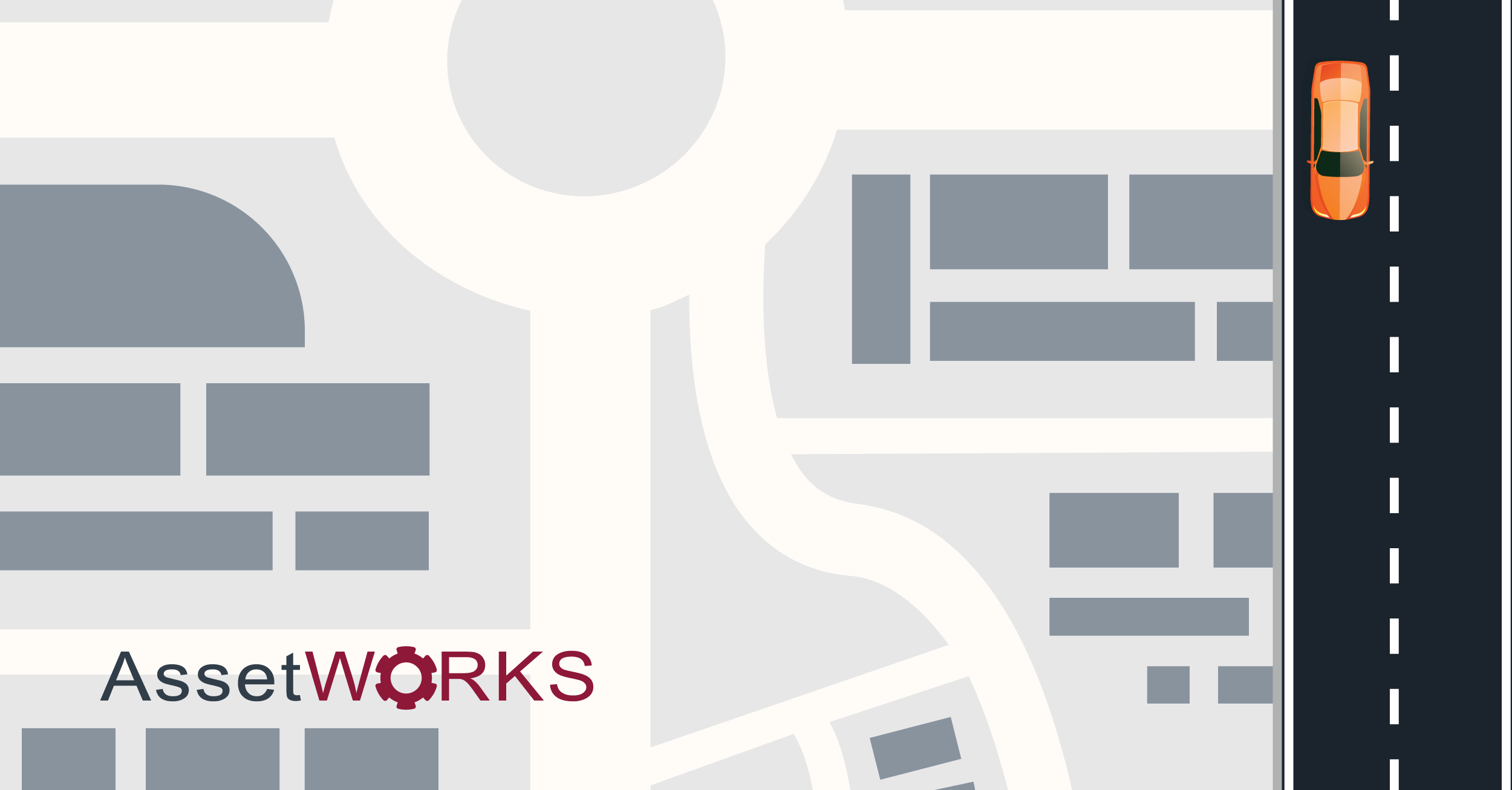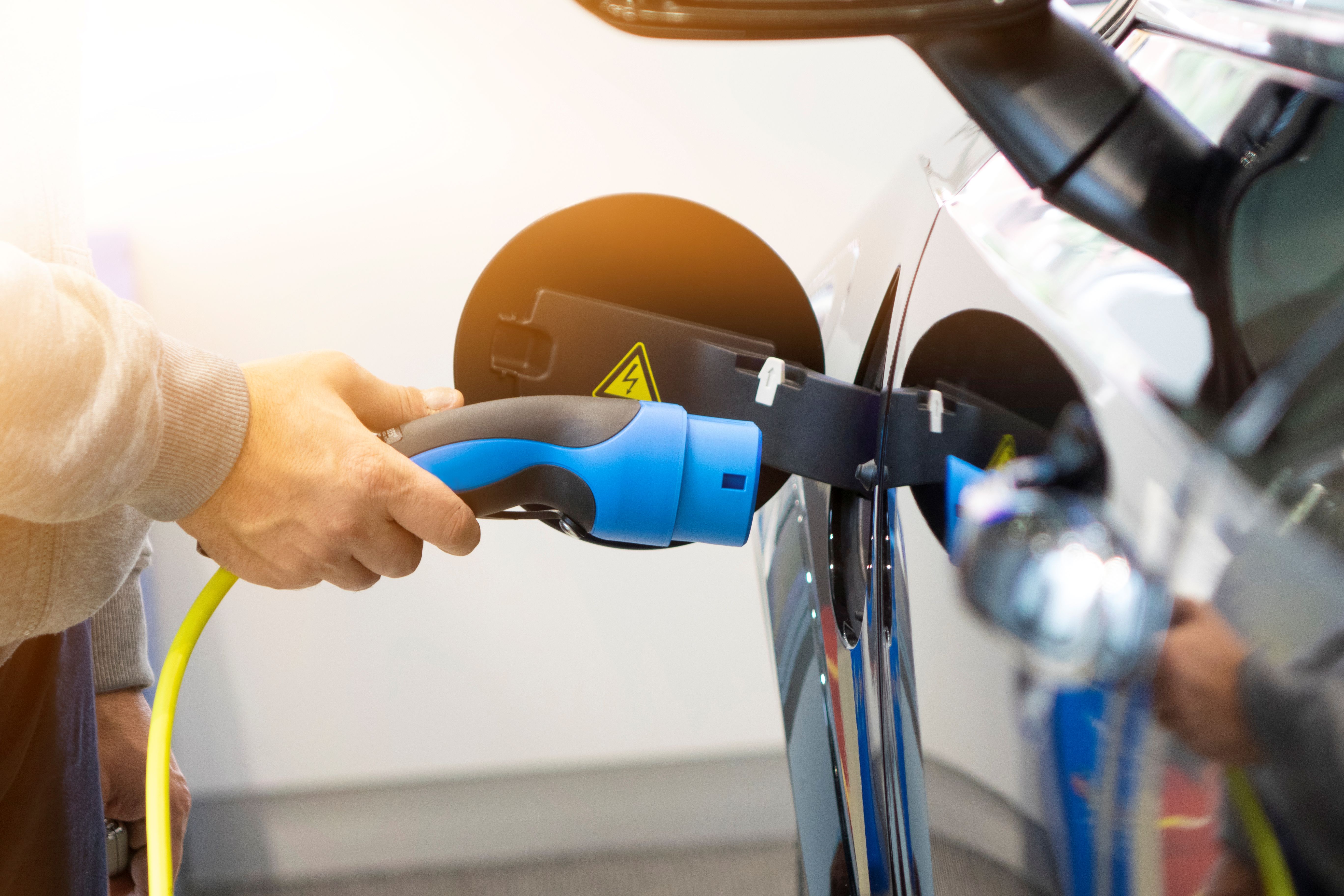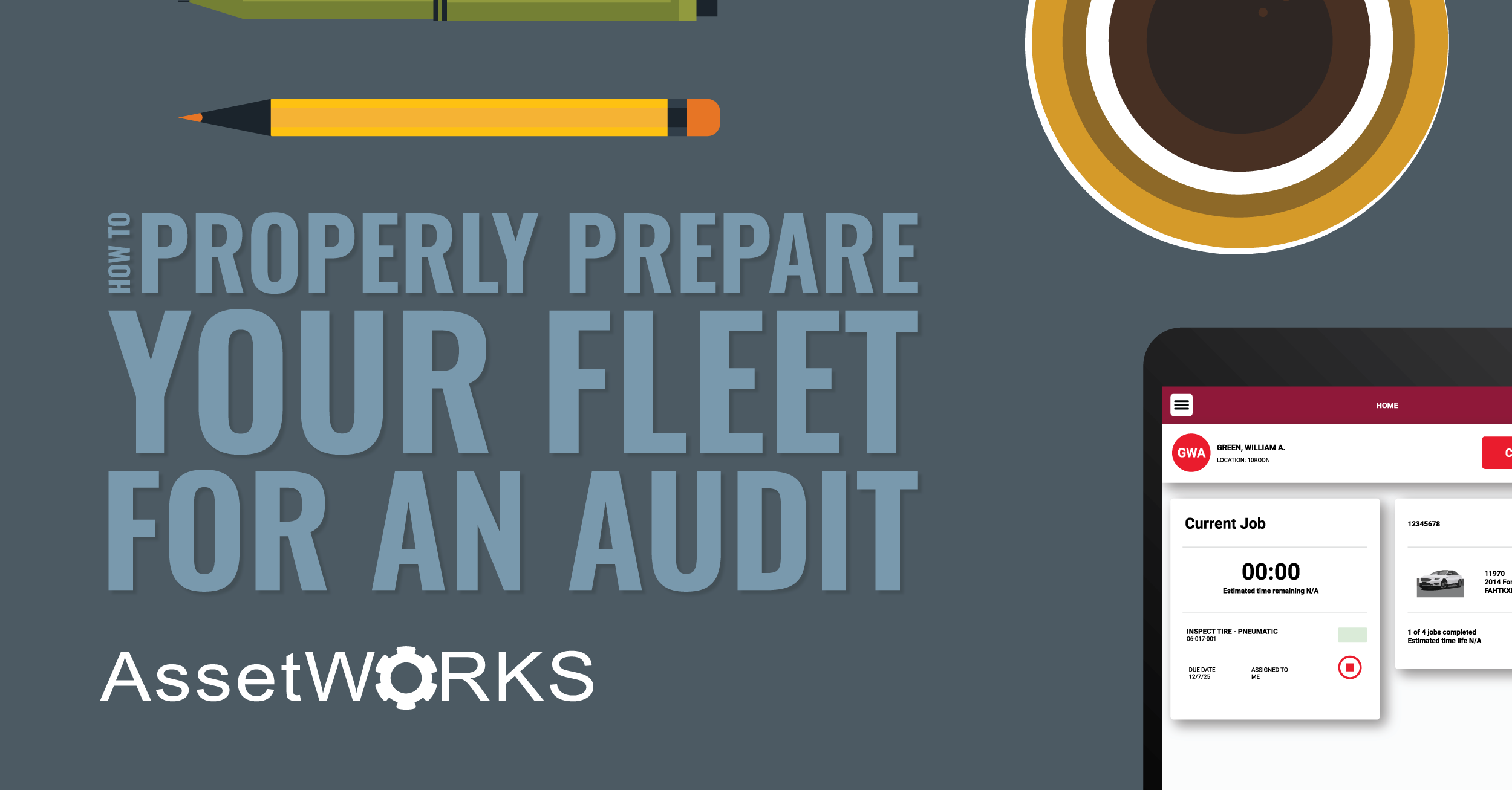Wireless Automated Fueling (WAF) is an integral part of modern fuel management software. WAF uses radio antennas to authorize fueling and keep track of vehicle telematics data, such as fault codes and meters. AssetWorks offers two different versions of the Vehicle Identification Boxes used for this: generic VIBs (GEN) and FleetJournal 3 VIBs (FJ3). FJ3 is a newer technology that offers more capabilities and is more flexible than GEN WAF, but if your fleet is already functioning optimally on GEN WAF then why would you need to upgrade?
Differences in Technology
FJ3 was developed as the next generation of WAF technology. Several key differences make FJ3 an overall better product, chief amongst them being the addition of a passive GPS component and advanced driver behavior monitoring. FJ3 WAF also functions significantly differently from GEN WAF. This provides the same automation that users have come to expect but with the bonus of reliability.
When a fleet vehicle equipped with a generic VIB approaches a WAF antenna, it will connect to the antenna on the 915 Mhz radio band. Once connected, the VIB remains locked to the antenna until it leaves range. While connected, the VIB transmits the vehicle’s fuel card ID and meter information, as well as telematics data such as engine fault codes (if available from the engine computer). The driver can then insert a fuel nozzle equipped with a nozzle tag into the vehicle’s fuel inlet, which contains a Fuel Inlet Antenna that is connected to the VIB. This allows the VIB to transmit the pump number, which initiates fueling without the user needing to enter the vehicle number or meter.
A vehicle equipped with an FJ3 VIB will have an identical experience, but the process is different behind the scenes. The FJ3 VIB transmits vehicle data over the 2.4 Ghz radio band but does not lock on to the WAF antenna. Any WAF antenna that the vehicle approaches will receive this data and cache it. If there are multiple antennas within range, all of them will pick up the vehicle data. This allows the FJ3 WAF system to improve wireless coverage by using multiple antennas if needed. While a GEN VIB would remain locked on to the first antenna within its range, an FJ3 VIB does not need to be locked on and is free to continue transmitting to the closest antenna.
Once the fleet vehicle is ready to fuel, the process is the same as if it had a GEN VIB. The fuel nozzle is inserted, and the nozzle tag still connects to the Fuel Inlet Antenna (FIA). The main difference is that the GEN WAF nozzle tag only transmits a pump number, whereas the FJ3 nozzle tag maintains a connection with the FJ3 WAF antenna. The FJ3 nozzle tags also have removable batteries, allowing users to replace a dead battery without needing to replace the entire nozzle tag. If the nozzle tag does need to be replaced, it can be done by the end user without the need for a handheld programmer.
FJ3 WAF is just one of the impressive features packed into FuelFocus by AssetWorks. It allows for seamless fueling processes and enhanced data integrity. There are also RF Vehicle Identification Boxes, proximity key/cards from HID, Motorola Indala, GE Security, and others, a magnetic strip card, and integrated biometrics. Did we mention that we are offering free fuel management upgrades until 2022?
Fuel is one of the largest expenses in the operating budget of fleets across the public and private sectors. Modern fuel management technology helps fleets control fuel costs, but the COVID-19 pandemic resulted in tightened or nonexistent budgets for fuel upgrades. That’s why AssetWorks is offering free fuel management upgrades to current and new customers until December 31, 2021. Average cost savings of $5,300 per ICU.












